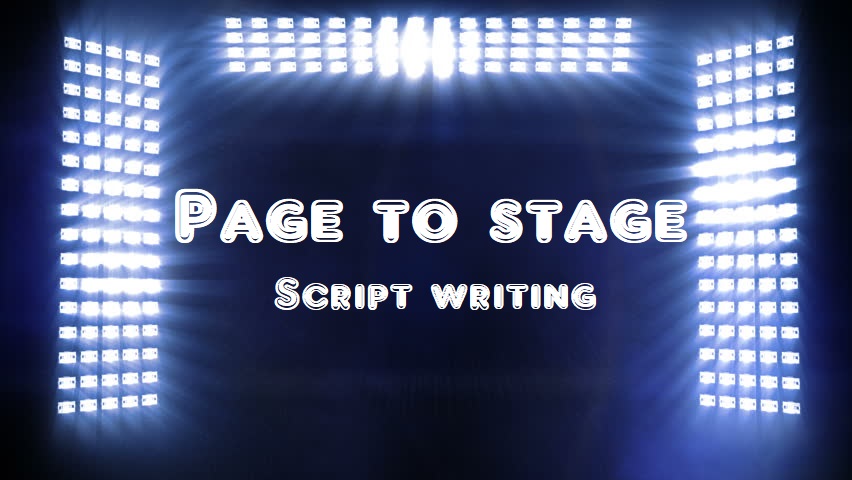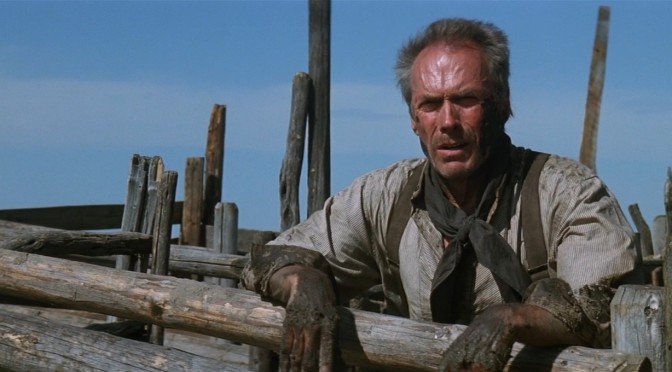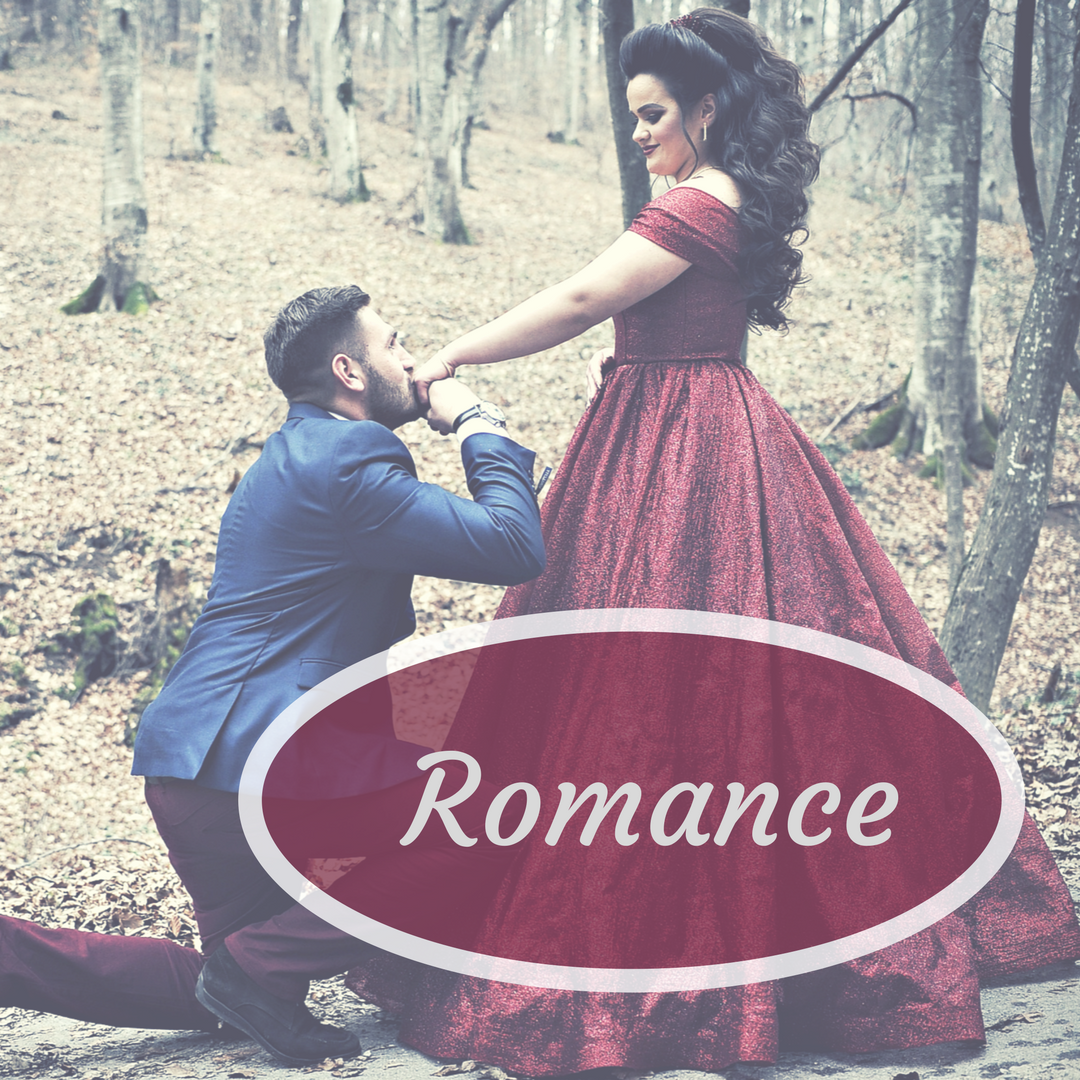Thanksgiving is over and we’re eagerly awaiting Christmas and the new year! It’s a safe bet 2020 hasn’t gone the way many of us had planned our hope. It’s a sad fact in life that while all things come to an end, they don’t necessarily end like we want.
As I write this nearly 1 ½ million people have died from Covid-19, it’s a safe bet that their fate was unexpected. While 2020 nears an end, our hopes for what 2021 will bring depend on the resolution of this year.
- A vaccine.
- Better health.
- Financial gains.
- A return to normal life.
In storytelling, the resolution is the end game of the story, it is what everything has been leading to: goals, hopes, and freedom. In a five-act structure, resolution is known as a denouement.
Denouement?
A Denouement is meant to tie up loose ends our climax didn’t settle and may even have caused. McKee notes, “The resolution, the fifth of the five-part structure, is any material left after climax.”1
If we break down the word Denouement we can better understand its purpose. M-W.com says: from Latin nodus knot, node; akin to Middle Irish naidm bond Middle English, from Latin nodus knot, node; akin to Middle Irish naidm bond.”
While the denouement is the final act of the story, it isn’t necessarily the end of our characters’ life journey. (Hence the rise of movie sequels.) This is why there are so many different kinds of story endings.
1. Book endings (The Bodyguard): this resolution uses similar imagery and characters to the setup of the film. It brings a story to a full circle while answering some questions along the way. I use this type of ending in my current WIP.
2. Narrator Ending (A Very Long Engagement): this concludes with narration by one of the characters over a still or moving image from the story.
3. Twist ending (Seven): these endings are inevitable, but not predictable. They are typical of mystery and horror movies.
4. Expected ending ( Pretty Woman): These endings conform to genre conventions. If they aren’t included in your screenplay the audience will notice something is lacking. An example is a romantic comedy. We all know the fated couple will eventually end up together. We enjoy these films because the characters have overcome multiple obstacles and have earned their relationship.
5. Moral endings (Shawshank Redemption): These are morality tales and the audience must sense that justice has been served. The main characters have learned a valuable lesson about life and have grown as individuals. The characters may either verbalize their journey or simply apply their character evolution to their new world.
6. DUBIOUS MORAL ENDING (Return Of The Jedi) : The main characters have achieved their goal, but they are feeling morally conflicted. Was the journey worth it? Did they achieve their goal? If so, at what cost? These are often bittersweet endings where the characters question their choices despite having achieved personal growth.
7. Emotional ending (Life Is Beautiful): These types of endings require the audience to have either an intense positive or negative response. The audience might be in tears (of happiness or tragedy) or warm and fuzzy inside.
8. Anticipation ending (Avengers Infinity War): This type of ending incites the audience to want more; either by a cliffhanger where the audience is excited to know what happens next or via a teaser scene which gives them a glimpse into how the story continues.
9. Gag ending (Beverly Hills Cop): This is a light-hearted farewell to the story. It could end with a joke, punchline, or sight gag to leave your audience laughing.
10. Confusing ending (Looper): This is the domain of screenwriting auteurs. It doesn’t give a clear indication of the story conclusion and is designed to initiate debate since the vital story details haven’t been given.
While the denouement ties up loose ends, it also hints at what’s next after the credits roll. Because the story continues after this adventure, only the characters know what happens after we leave the theaters.
What’s Next?
Keep in mind, the denouement serves more than one purpose. While it does provide a resolution of the story adventure, it may not be the end of your characters’ story. This gives the audience’s imagination a chance to write more into the story and it gives writers a chance to build a franchise or simply provide a sequel.
The end goal of every story is to convey a particular message or as Robert McKee shares a “Controlling idea may be expressed in a single sentence describing how and why life undergoes change for one condition of existence at the beginning to another at the end.”2 Below are a few examples of controlling ideas:
- Justice
- Unconditional Love
- Greed
- Revenge
By the time the credits roll in your film, the audience should have a clear picture of what the controlling idea of the story is. As the year comes to an end, we will each walk away with specific memories and thoughts about 2020. That is a December Denouement!

Martin Johnson survived a severe car accident with a (T.B.I.) Traumatic brain injury which left him legally blind and partially paralyzed on the left side. He is an award-winning Christian screenwriter who has recently finished his first Christian nonfiction book. Martin has spent the last nine years volunteering as an ambassador and promoter for Promise Keepers ministries. While speaking to local men’s ministries he shares his testimony. He explains The Jesus Paradigm and how following Jesus changes what matters most in our lives. Martin lives in a Georgia and connects with readers at Spiritual Perspectives of Da Single Guy and on Twitter at mtjohnson51.
1 McKee R. (1997). Story: Substance, Structure, Style, And The Principle of Screenwriting (Kindle edition) pg 312.
2 McKee R. (1997). Story: Substance, Structure, Style, And The Principle of Screenwriting (Kindle edition) pg 114-115.




 We love helping your growing in your writing career.
We love helping your growing in your writing career.

No Comments